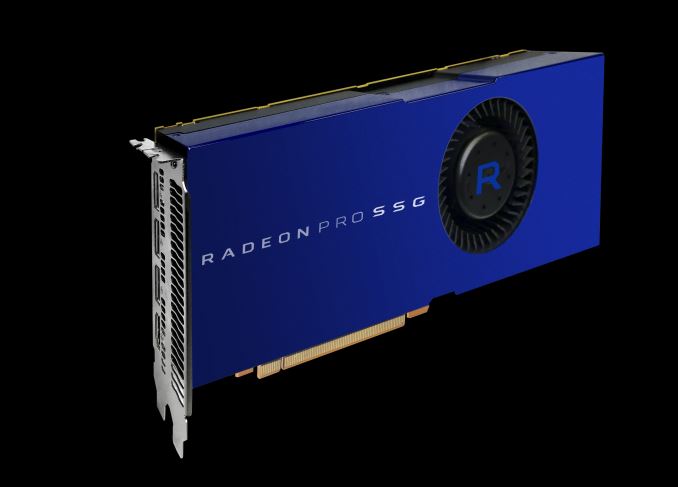It was small but it was also super fast specially latency wise, so much that the goal of optimizing for xbone was to use the tiled resources feature and have the gpu work 100% of the time in the esram leaving the main memory for the cpu and low bandwidth tasks.
On SX this won't be an issue. 10GB is enough that no single buffer will have problem fitting in, and there will be no need to keep moving stuff around, so developers will be able to utilize it as is and enjoy the
The point of the image is more to show the disproportional behavior of bandwidth contention, not the actual bandwidth (as I recall there was this remark on the slide). The problem is that, when you have 2 or more consumers using the same pool the total bandwidth is not the same as if only one of them was using the bus alone. There is ways to mitigate that, on xbone ms said that the move engines + esram helped with the issue, on X they also said they modified the cpu to try and reduce this effect, but they must have felt it was not enough to make this setup on SX.
Of course, achievable performance won't be sustained in real life.
And please, no need to attack, I never claimed Sony is the only one that provides peak values that are not sustained. My only point is that with a unified pool bandwidth contention is a problem, and ms addressed that by splitting theirs. The alternative would be to put an even faster memory so contention is not an issue, but that's not cost effective.
Microsoft did not address this by splitting theirs, because the CPU and GPU still use the same bus, so similar issues of potential contention arise. Microsoft split their ram this time around not for any efficiency savings (if anything it's less efficient as there's now split speeds and more variables, which makes things potentially a tad bit more complicated for developers), but cost saving.
On the Move Engines, both that and the Esram were solutions to problems that the PS4 did not have (eg to help the Xbox One mitigate the bandwidth drawbacks of DDR3 and to help manage things with a split pool of ram). The Move Engines essentially move data from one RAM pool to another, saving the CPU/GPU from having to waste cycles on that work, though in real world terms you still lose bandwidth from your peak (more so infact than you do with the PS4 in real world testing). The PS4 has a unified pool, hence the requirements are slightly different, similar to the One X, which is no doubt why the One X also dropped the Move Engines.
Ultimately, not only are the kind of contentions you're speaking about not unique to Sony (though your implication was the opposite) but efficiency and other aspects included to try and help minimise said contentions are not going to be exclusive to Microsoft either.





